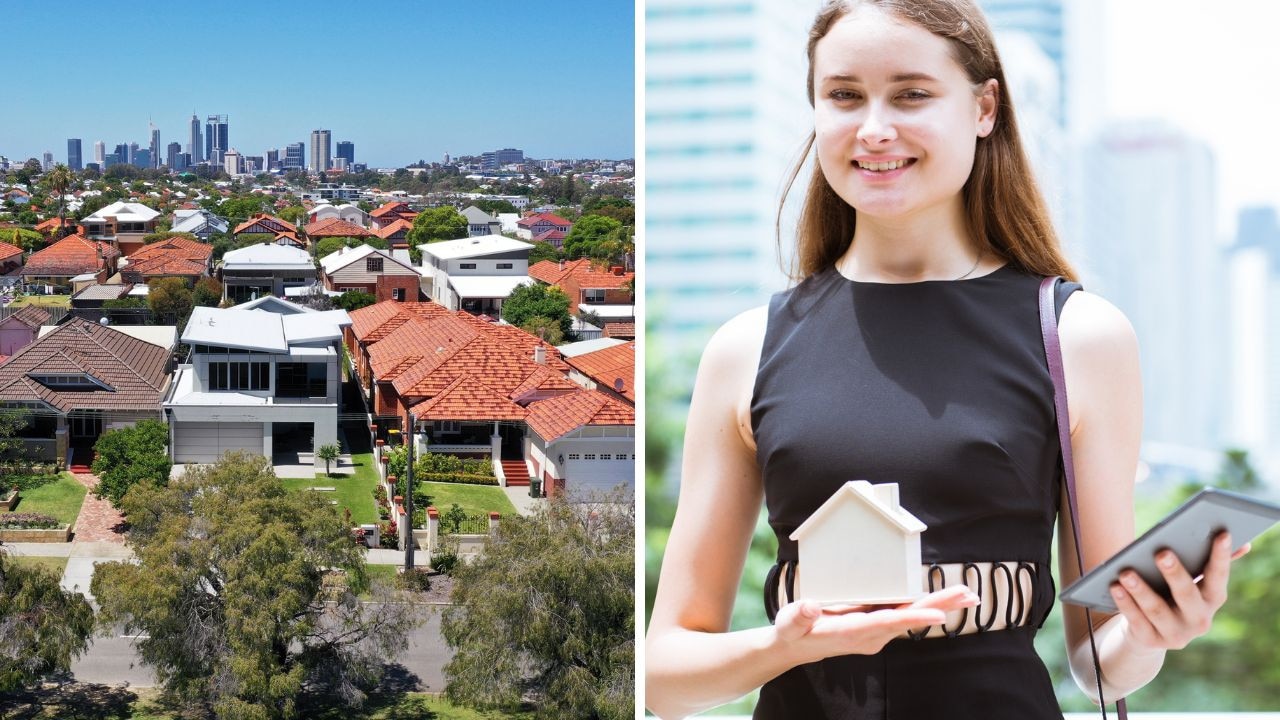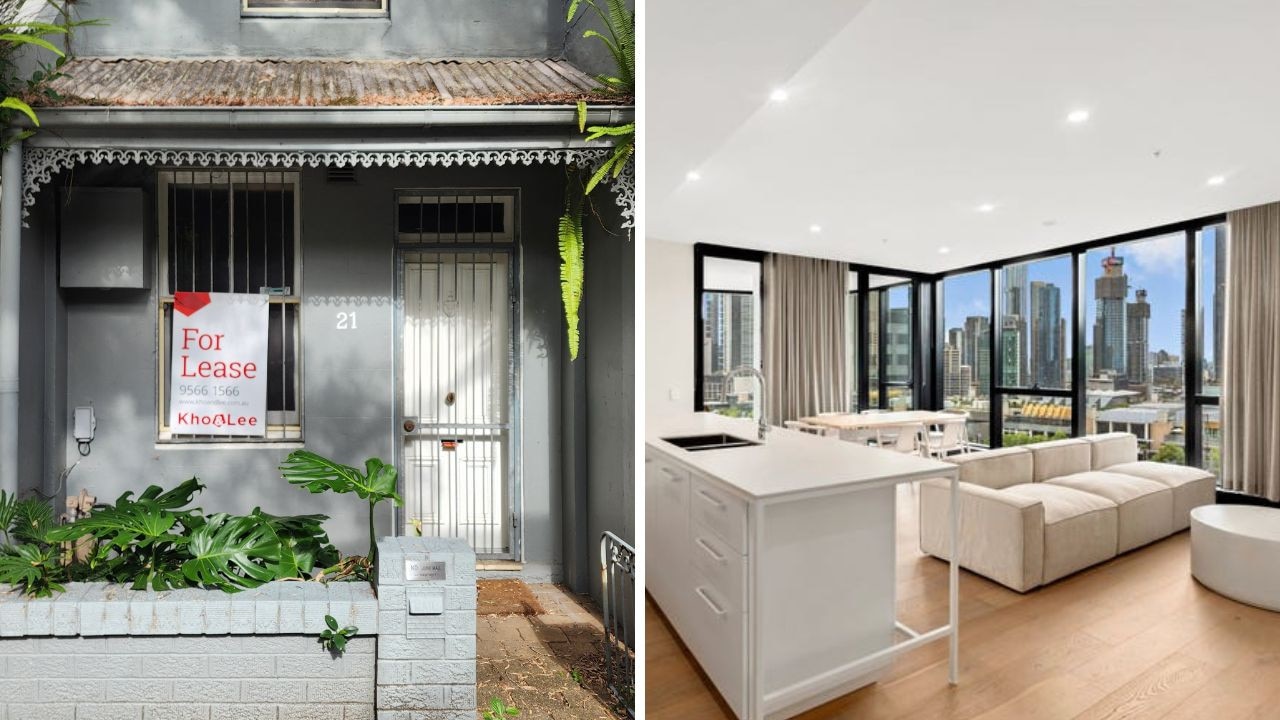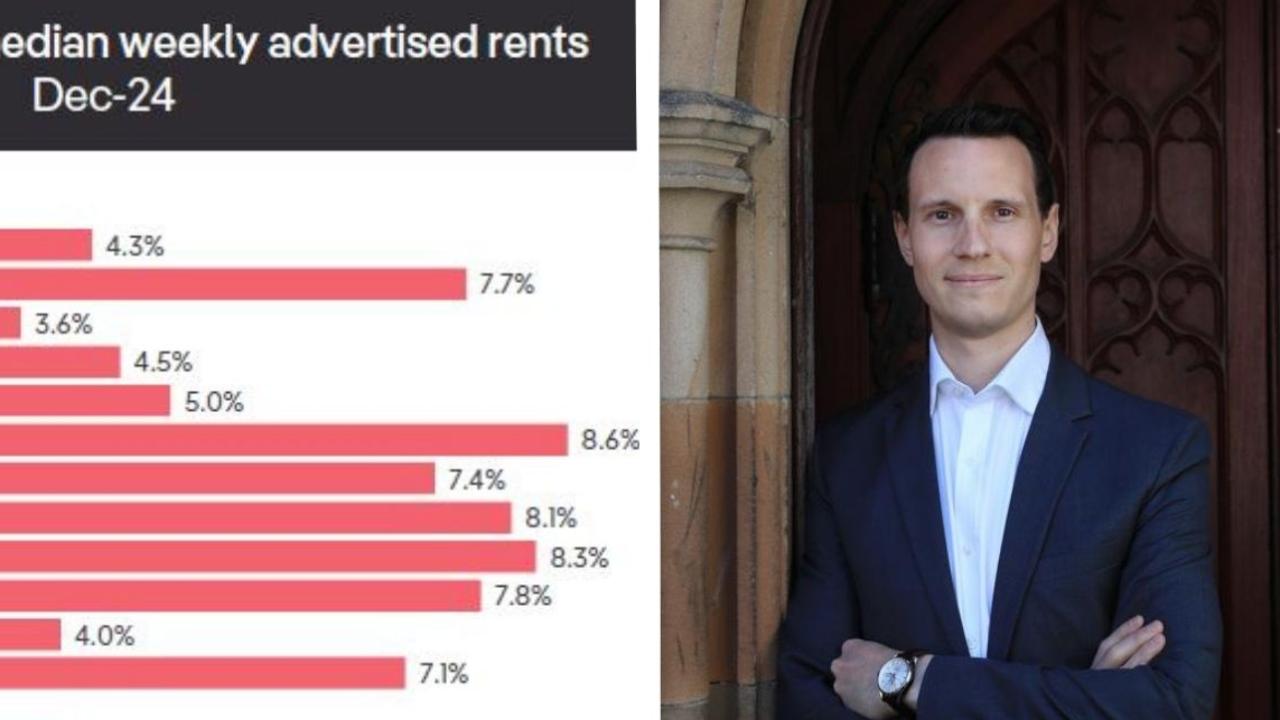RBA says rental crisis will continue for years to come
As Aussie tenants continue to struggle amid spiralling rents and dwindling property numbers, a new report has said the crisis is set to continue for years to come.

With around one-third of all Australians trapped in the rental market, warnings have been issued that skyrocketing rents and ultra-low vacancy rates are going to continue to smash tenants for years to come.
The rental crisis shows no sign of being resolved in the immediate future as tenants are forced to cop rent rises – on average of more than 20 per cent – or to compete in a market where there are barely any properties available, according to rental report from the Reserve Bank of Australia (RBA).
The grim research showed rental prices will continue to soar due to a high demand for properties, a lack of new building and investment, as well as the increase in immigration.
It found around 240,000 people are expected on to migrate to Australia in the coming year – which the research said equates to an extra 96,000 properties needed.

Despite the big increase in demand and higher rents, the growth of new rentals is expected to remain low, according to the RBA, largely due to increases in interest rates.
“Information from liaison with property developers suggests that higher interest rates and construction costs, combined with declining housing prices and apartment pre-sales, are headwinds to growth in the supply of new dwellings,” the report said.
“The decline in the demand for new dwellings is expected to weigh on overall dwelling investment over the next few years. As a result, vacancy rates are likely to remain at low levels.”
Across all of Australia’s major cites, vacancy rates have plummeted below 1 per cent while rents rose to their highest rate in a decade – up by 4 per cent over 2022, according to the Australian Bureau of Statistics (ABS) – although anecdotally increases are far outpacing this figure.
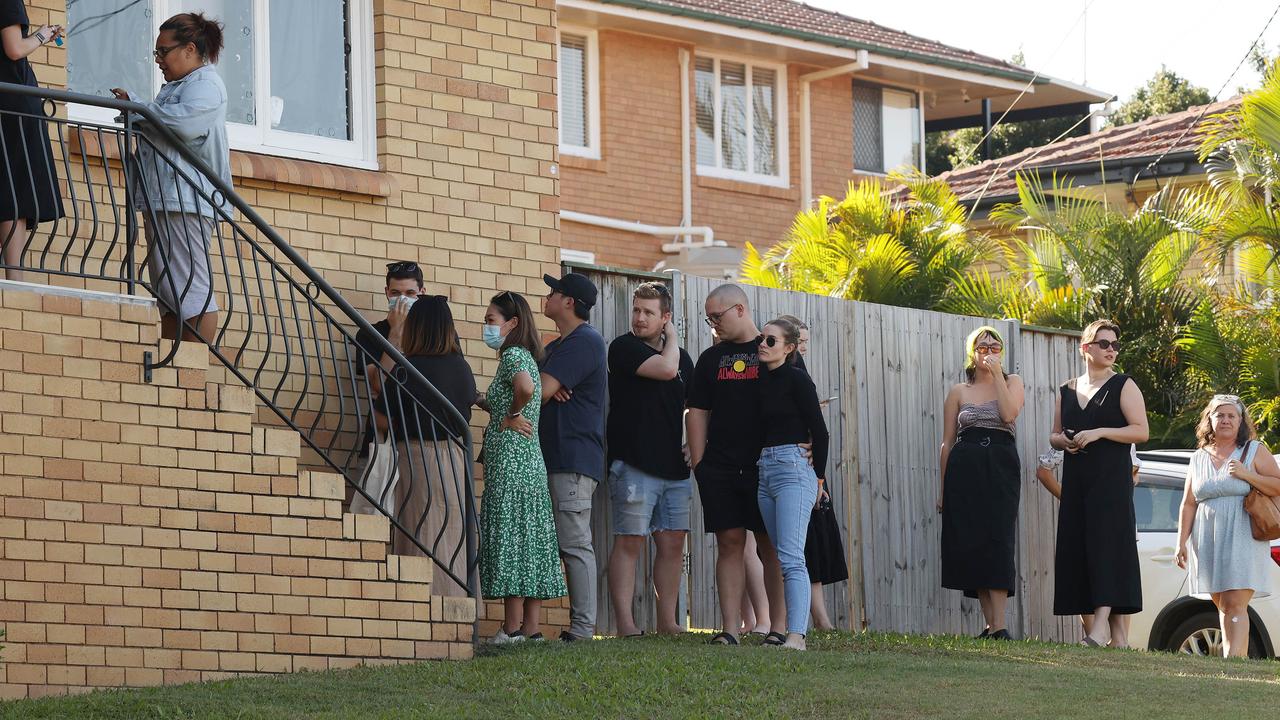
Essential workers suffer in tough housing market
It comes as a new study revealed there are no areas across Sydney or Melbourne with a median house price that is affordable for an early career essential worker. This is forcing them to delay getting onto the property ladder and instead endure ballooning housing costs, long commutes or cramped sharehouses.
The study by the University of Sydney for Hope Housing said this represents a significant risk for important public services.
Even many outer suburbs and areas adjoining the capital cities that were affordable in 2016 are now unaffordable, it found.
This has seen the number of essential workers living in private rentals double since 2011 in both Sydney and Melbourne, while over 36,000 essential workers in Sydney and 22,000 in Melbourne are living in overcrowded homes.
Yet their jobs require physically being at work, meaning many essential workers will be forced to commute very long distances.
“Our analysis found that over the last three Census periods, essential workers have consistently moved away from the inner subregions of Sydney and Melbourne,” lead researcher Dr Catherine Gilbert from The University of Sydney said.
“In the most recent Census period, the greatest net losses of essential worker residents were from eastern suburbs (-11 per cent), Parramatta (-9 per cent) and inner west (-8 per cent) in Sydney, and inner east (-11 per cent) and inner Melbourne (-9 per cent) in Melbourne.”

Only 11 per cent of the police who work in the City of Sydney, for example, also live there. Over 350 commute from the Blue Mountains and areas outside the metro region including the Central Coast, Illawarra, Southern Highlands and Newcastle.
Over 600 police officers who work in inner Melbourne commute from Geelong and the Mornington Peninsula.
“We know from the research evidence that factors like needing more space for a growing family and a desire to buy a home rather than rent can drive moves away from expensive inner city regions.” Dr Gilbert said.
“However, this leads to a shortage of more experienced workers in inner areas or to workers commuting long distances – which can exacerbate work-related stress and fatigue. Long distances between home and work can also limit the ability of workers to be ‘on call’ and to respond quickly to emergency situations.”
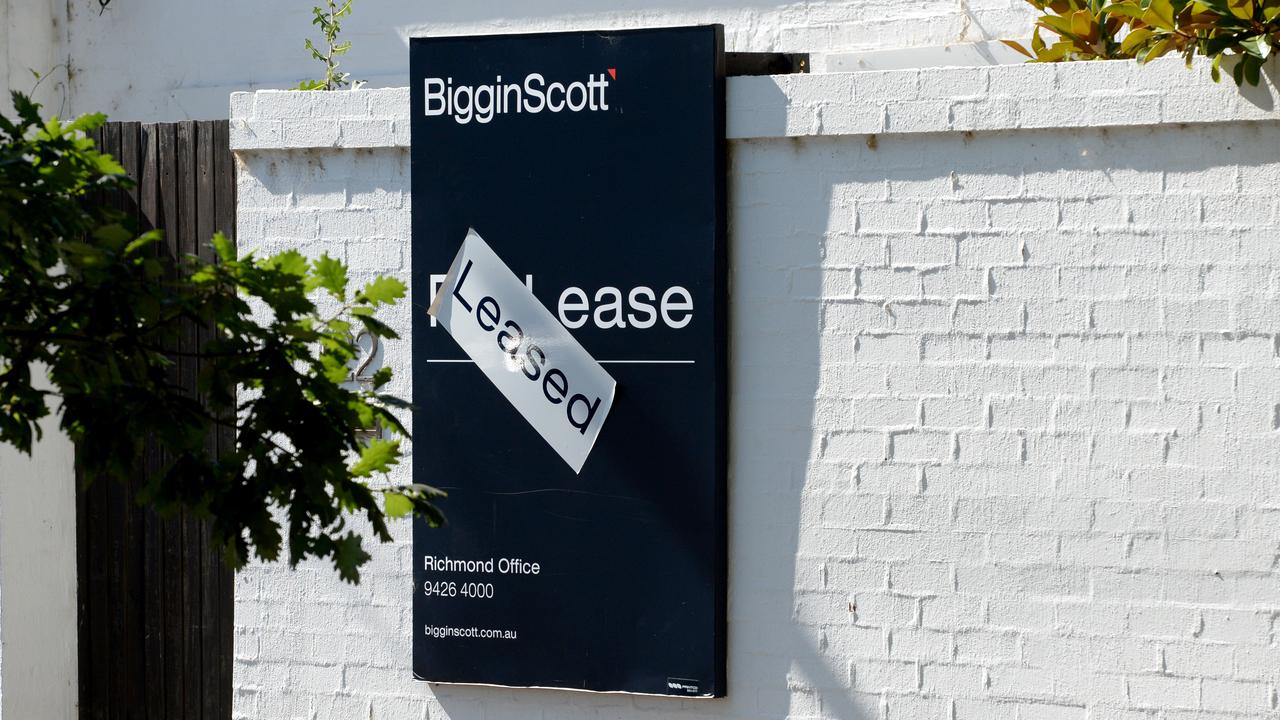
It showed that areas including the Central Coast, Newcastle and the Illawarra, that were affordable for an early career essential worker to buy in 2016, are now too expensive.
More Coverage
The south coast and much of the north coast of NSW also now have unaffordable median prices, even for apartments, indicating the expanding geographic scope of the problem.
The alarming research also revealed that over 52,000 essential workers in Sydney and more than 39,000 in Melbourne are experiencing housing stress.
“We need intervention and innovations across the housing system to improve access to affordable housing for essential workers if our cities and towns are to have functioning public services into the future,” Dr Gilbert said.




